Roger Hermiston and Eileen Wise stay at The Space, Holt Norfolk and enjoy the surrounding countryside.
Our trip to Norfolk generates that familiar feeling of keen anticipation as we reach the boundary town Thetford, with its sign heralding ‘Nelson’s county’. The great admiral’s birthplace at pretty Burnham Thorpe is just one piece of the county’s colourful jigsaw of landscape and history, alongside the city of Norwich – a preserved medieval marvel – and the rugged and beautiful coastal towns and villages, Holkham, Hunstanton, Sheringham and Wells-next-the-Sea.
But maybe, with all this obvious galaxy of riches, some of the fascinating inland towns and villages of north Norfolk fly just a little under the radar. We decided to investigate a clutch of them from our midweek retreat at Brinton, fourteen miles from the seaside resort of Cromer and just three-and-a-half miles south of the remarkable Georgian town of Holt.
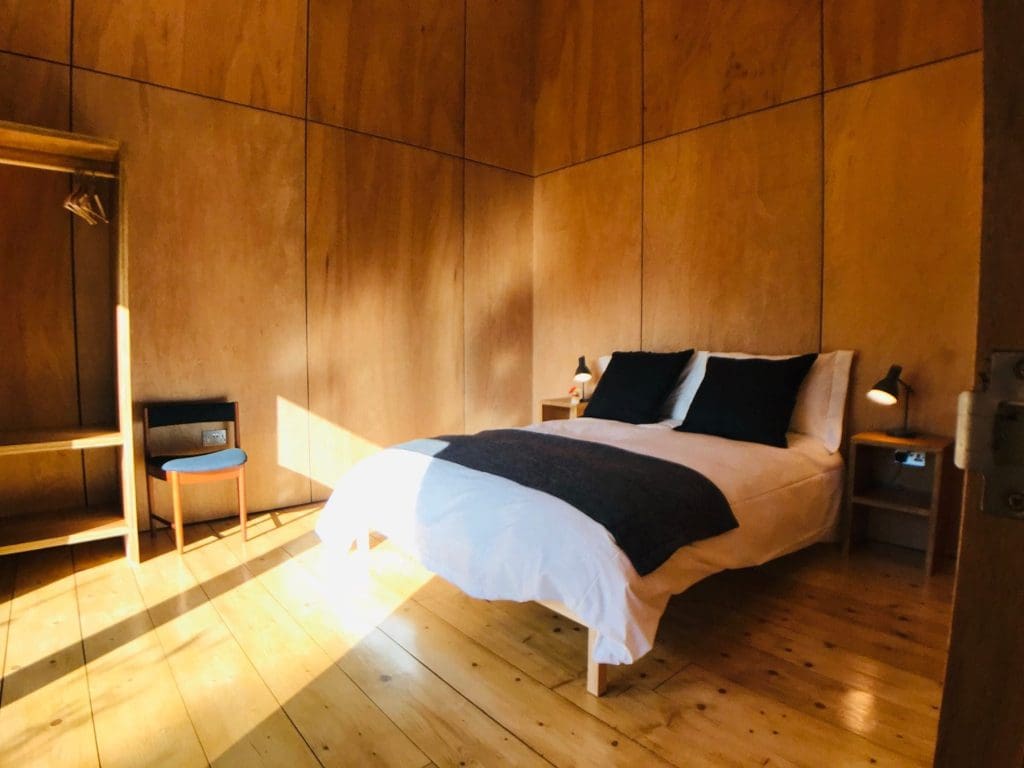
We had booked for two nights into a self-catering holiday home called The Space, the property of Denise and Johnny Markham Wroe, who live next door in Milestone House, a 1960s house (on the site of a former dairy) they bought and renovated just over a decade ago.
Hygge at The Space, Holt Norfolk
The Space, which they opened in 2019, sits to the rear of Milestone House but feels very private with its own entrance and courtyard area. The name of this very contemporary, Scandi-style home is entirely appropriate as this is a place in which you can really spread out, with a generous living and kitchen area, two ample and very comfortable bedrooms, two ensuite bathrooms, and yet more space up a ladder to the mezzanine level, if required.
Denise and Johnny wanted to create a space that’s known as ‘hygge’, a Danish word meaning “comfortable conviviality,” and they have admirably succeeded with restful sofas and chairs, luxurious king-size beds, a wood burner, and such a well-equipped kitchen area. The materials used are interesting too – plywood for the walls, and scaffolding boards, sliced in half for the floors; sustainability was the watchword for the design and build, overseen by Johnny.
It was not the ideal time to open a holiday let, on the eve of the Covid lockdown. But once people were allowed to travel – with most of us obliged to holiday ‘at home’ – The Space was the perfect, large self-contained place for couples and families in such an interesting part of the world.
An added on-site attraction is Denise’s splendid 18-year-old Irish Sport Horse ‘Big Ben’, whose stable is across the gravel yard. And if you’re lucky you might catch a glimpse of Ben sharing a hay bag on his evening feed with his favourite ewe Tulip – for there are six crossbred sheep grazing happily in the field adjoining the houses.
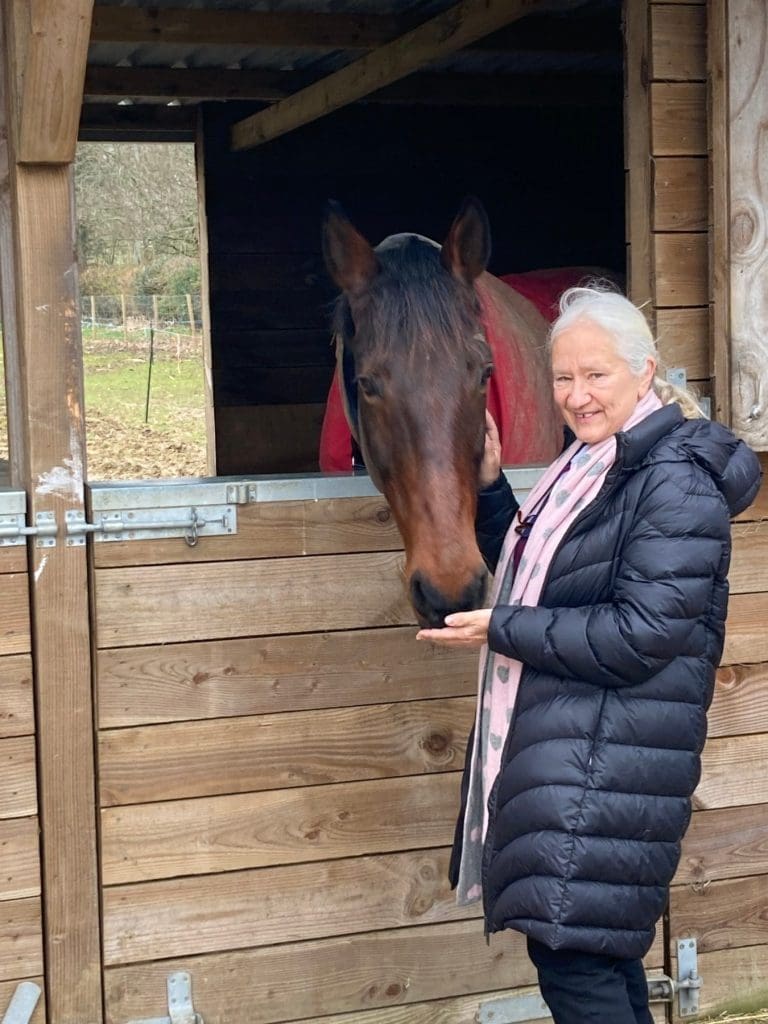
Holt Norfolk Owl Trail
After a good night’s sleep, we left The Space and made the five-minute drive to Holt. The present character of this charming town was shaped by a devastating fire in 1708, which destroyed nearly all of the medieval buildings in just three hours. Out of the ashes rose a brand new Georgian town, many of whose houses have endured to this day.
It is rare – and so refreshing – to visit somewhere so devoid of any of the chain shops that make up such a huge swathe of the British high street. Great credit to the local authorities and the people of Holt for the diversity and independence on show here, led by Bakers and Lerners, a traditional department store of great quality and style, which has been continuously owned by the Baker family since the Georgian period.
If you pick up a copy of the Holt Owl Trail pamphlet and map it will guide you, via 24 pavement plaques, around every square, every little street, every fascinating nook and cranny of this town. Inevitably Plaque No 8 takes you to Nelson House, a fine Grade II listed building where the hero of Trafalgar used to stay with relatives when he was a young boy.
But Holt doesn’t stand still, and the old meets the new at Plaque 14 in Franklyns Yard, a recently completed complex of diverse shops overlooking the Albert Street car park. It was once called ‘Hulls Yard’, a row of small cottages with adjoining allotments and smallholdings; a 16th century fireplace was uncovered here during the building work.
We stopped off at the naturally independent Holt Bookshop in Lion House Court, picking up a copy of the latest work by Simon Scarrow, Norfolk’s worldwide bestselling novelist who has brought Roman Britain in this part of the country to vivid life.
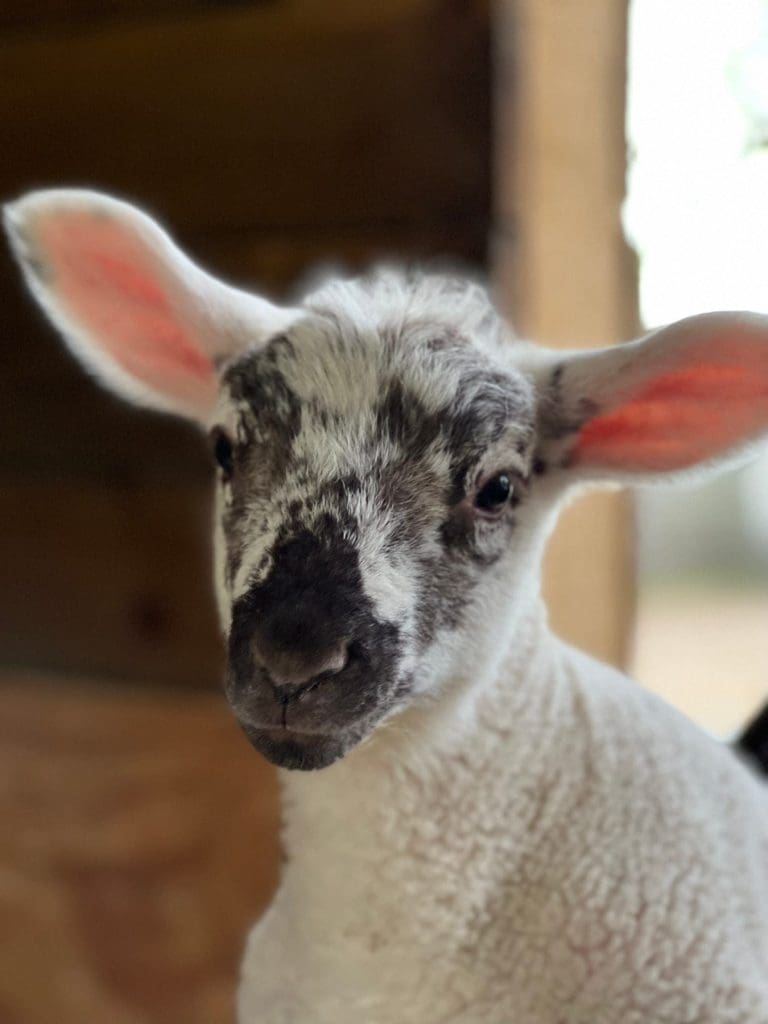
After a delicious lunch – toasted cheese sandwiches and a glass of white wine – at the friendly Star Plain Stores on Fish Hill, which sells superb artisan cheeses, we were back in the car for a 12-mile trip to Walsingham, to visit one of the major places of pilgrimage in the whole of the Christian world.
The Shrine of Our Lady of Walsingham
The blue sign outside the building informs you that you are at ‘The Shrine of Our Lady of Walsingham, containing The Holy House (England’s Nazareth), Founded 1061, Rebuilt 1931’. The story goes that back in the final years of the reign of Edward the Confessor, a devout Catholic noblewoman Richeldis de Faverches experienced a series of three visions in which the Virgin Mary appeared to her. In them Richeldis was shown the house of the Annunciation in Nazareth and urged by the mother of Jesus to build a replica of it in Walsingham.
With a chapel and a shrine (and a priory founded in 1150), Walsingham became the most popular place of pilgrimage – for commoners and kings alike – in the Middle Ages. All that changed in Henry VIII’s time with the move away from Rome, and in 1538 Thomas Cromwell’s commissioners came to pillage the Holy House, and while they were at it they also burnt the revered statue of Mary with the infant Jesus on her knee.
The pilgrimage to Walsingham then ceased for nearly 400 years until the remarkably resourceful Father Alfred Patten, an Anglo-Catholic priest in the Church of England, rebuilt the Holy House into the Shrine Church it is today.
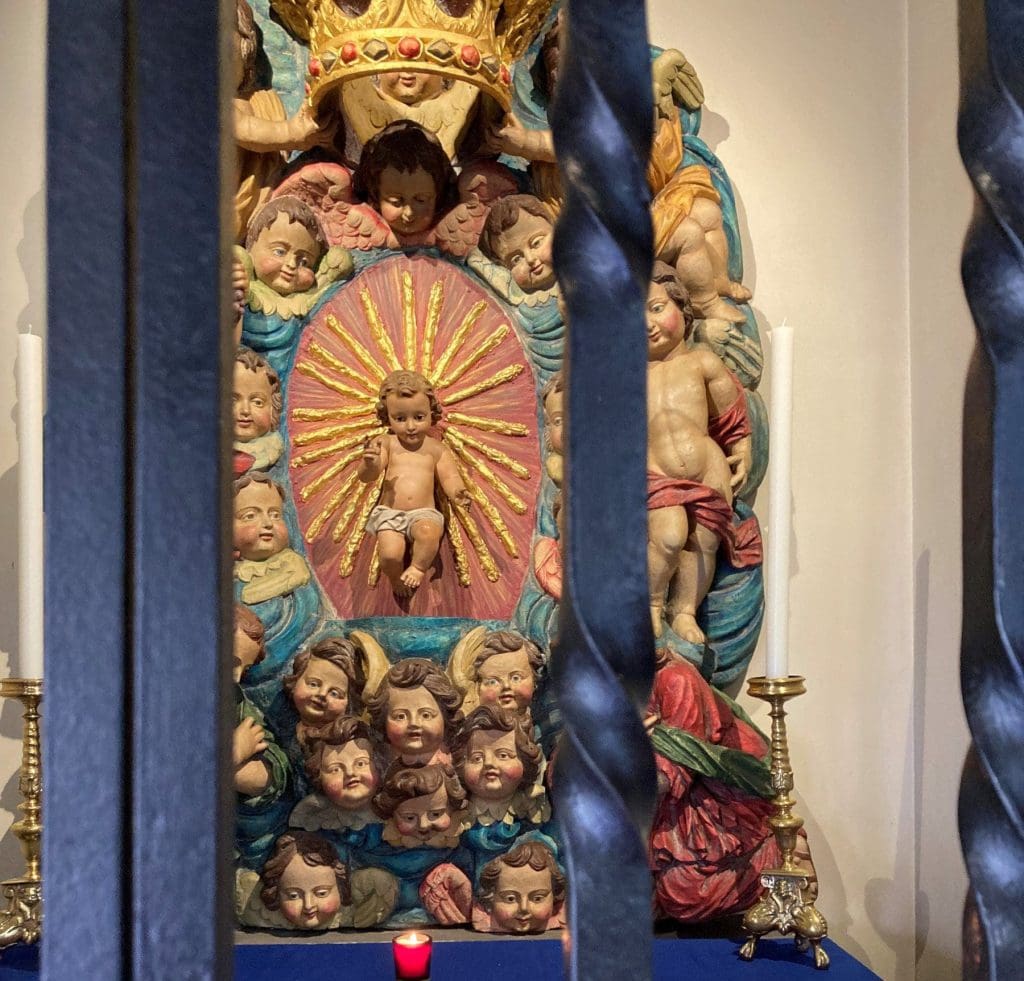
Father Patten wanted a greater degree of richness in his church’s worship – a well-attended mass took place while were visiting – and in the ornamentation of the building, which is indeed full of colourful paintings and statues. There’s a memorial of him here too, austere looking but brightly robed, laid next to the Saxon-built Holy Well, discovered during the construction of the shrine church in 1931 and now the place where pilgrims regularly receive holy water in a service called Sprinkling.
Norfolk Pubs
This part of Norfolk seems blessed with a profusion of good places to eat, restaurants and pubs alike. For our first night we drove the short distance to the Ordnance Arms in the village of Guist, on the Norwich to Fakenham Road. It’s a traditional pub, with stone floors, wooden furniture and a pool table, and decent real ale that merits a mention in the Good Beer Guide.
But we were there, on the recommendation of a friend who lives locally and who joined us, to eat at the Thai restaurant at the rear, which has been serving customers since 1986. It felt great to be plucked out of a English winter and into the aromas and colours of the East, and the creamy Massaman curry, cooked in coconut milk with fresh chillis, was truly delicious.
Heydon Norfolk
We left The Space the following morning, having thoroughly enjoyed its peace and quiet and excellent facilities. On the way back to Suffolk we had one more trip we wanted to make, to the intriguing village of Heydon – one of only around a dozen English villages that are entirely privately owned.
Picturesque Heydon has been in the hands of the Bulwer Long family for something like 500 years. Unusually, the village can only be approached – and departed – one way by the general public, via the sole road, The Street. At its heart, there’s a village green, together with a pub – The Earle Arms – a tea shop and a couple of other gift shops.
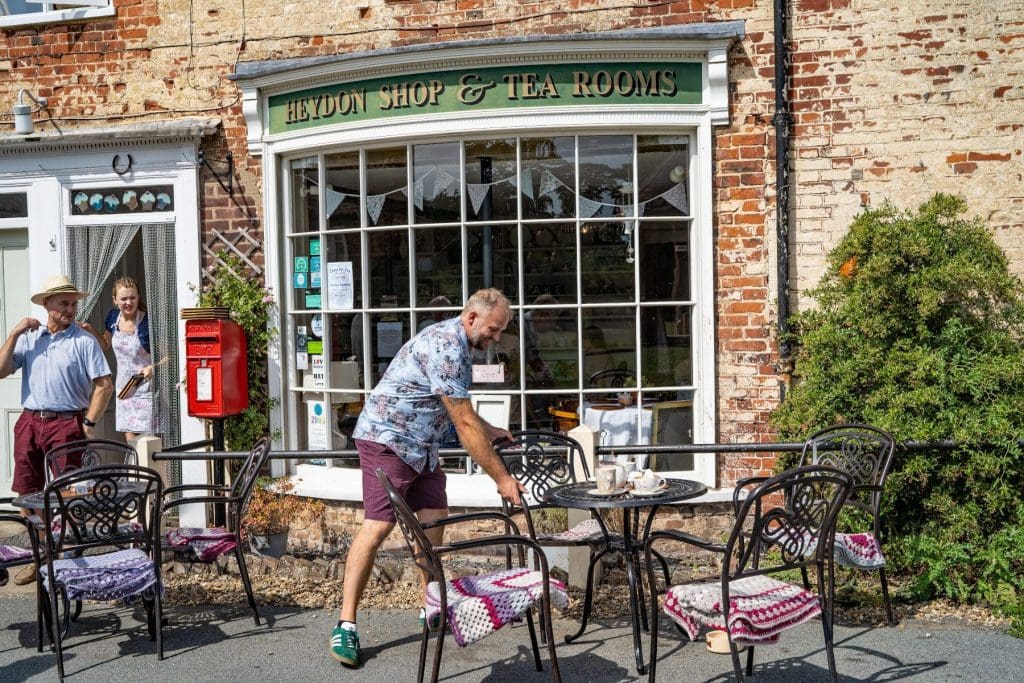
Time has stood still in Heydon for there hasn’t been any new building in the village since the well was constructed to commemorate the Jubilee of Queen Victoria in 1887. No wonder, then, that it’s been a magnet for film makers of period pieces; The Go-Between, The Woman in White, Vanity Fair and Love on a Branch Line have all been filmed here.
Of all the Bulwers who have resided at Heydon Hall, the most interesting is surely Sir Edward Bulwer-Lytton (1803-1873), politician, diplomat, poet and one of the unsung (to later generations) great novelists of his time. Sir Edward was master of the aphorism and “the pen is mightier than the sword”, “business first, then pleasure” and “pursuit of the almighty dollar” are all attributed to him. Perhaps a little unfairly, more than anyone else he is associated with ‘purple prose’, the overwrought, over-romantic writing style which is characterised by his most infamous opening line, “It was a dark and stormy night…!”
St Peter and St Paul’s Church
After a stroll around the village green, we walked up the path to the old oak door of St Peter and St Paul’s church, where a real treat awaited us inside. There, among all the tombs, inscriptions, memorials to the various Bulwer family members down the ages, were the most impressive set of wall paintings we had seen in an English church.
These extraordinary murals – they are much more commonplace on the continent –, thought to date back to the 14th century, were only unearthed in 1970 when repairs were being made to the plaster in preparation for lime washing. On the far wall of the north aisle two bearded kings are drawn – you can see them clearly in their robes and crowns, one carrying an orb – and originally three skeletons accompanied them, although you can now just pick out a fragment of one skeleton. The painting was called Three Living and Three Dead (after a poem of the same name), almost certainly an allegory, reminding its viewers that Death is no respecter of people – a message that the parishioners, living at the time of the horrific Black Death, would have understood all too well.
At the east end of the north wall is the story – painted twice – of Salome’s dance before Herod and Herodias, and the beheading of St John the Baptist. This was surely an important decoration for a chapel dedicated to the saint. Moving over to the south aisle, we then admired another fine painting, in reddish brown colours, of the Magi giving their gifts to the Christ child.
Quite a find. We returned to our car delighted by what we had seen, took the only route out and made a leisurely way back to our Suffolk home.
FThe Space, Holt Norfolk
To get further information on The Space Holt in Norfolk or to make a booking, visit: www.norfolkmilestone.co.uk.
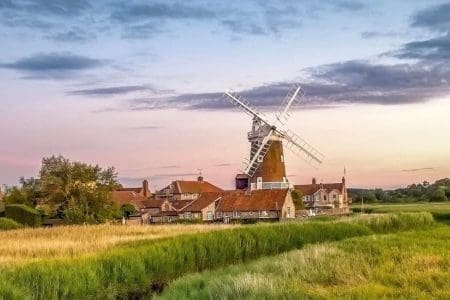
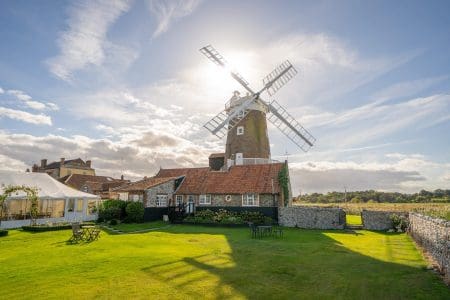
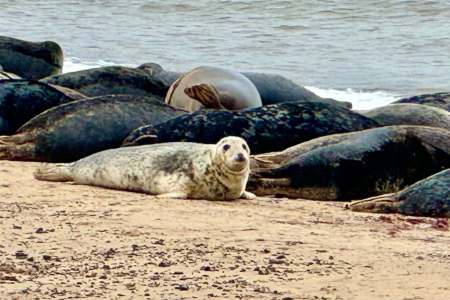
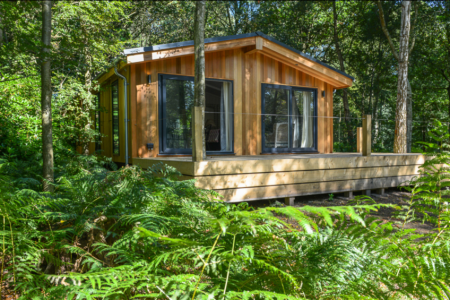
much enjoyed your article especially as I know North Norfok & Holt
that is great – glad you liked the article